
30 Years of the Georgian Lari: The History and Significance of the National Currency
Discover the history of the Georgian lari, the national currency celebrating its 30th anniversary. Learn how the lari became a symbol of Georgia's independence and its significance today.
30 years of the Georgian lari: the history of the national currency and its significance
On October 2, 2025, Georgia will celebrate a significant milestone—the 30th anniversary of introducing its national currency, the lari. But what does the word "lari" mean? It is an ancient Georgian word meaning "treasure" or "property". It was first mentioned in the 12th century in Shota Rustaveli's epic poem "The Knight in the Panther's Skin". The introduction of its own monetary unit was a crucial step in the country's history, symbolizing its independence and sovereignty. This article invites you to explore the fascinating history of the Georgian lari, learn about the challenges faced during its introduction, and understand its significance for modern Georgia.
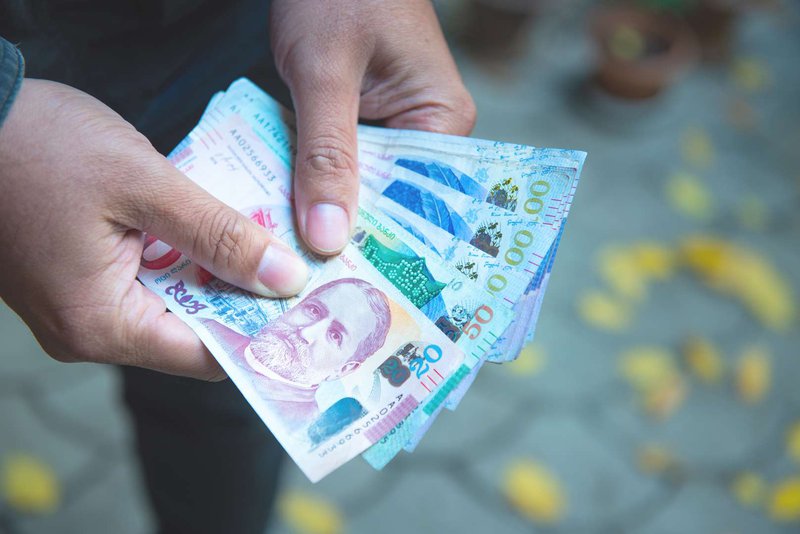
The Prelude to the Lari's Introduction
After the collapse of the Soviet Union in 1991, Georgia faced severe economic and financial difficulties. The country was tied to the ruble, creating dependency on Moscow. Physical reserves of Soviet rubles quickly depleted, and new Russian rubles were not supplied. This led to the devaluation of citizens' money: it was impossible to withdraw cash, and people couldn't purchase even the most essential goods. An economic crisis ensued, accompanied by rising unemployment and shortages of products.
In an attempt to stabilize the situation, the Georgian government urgently introduced a temporary currency in 1993—the "coupon". It was meant to replace the ruble and serve as a transitional link to creating its own monetary unit. However, the coupons were highly unstable, subjected to hyperinflation, and quickly devalued. By the end of 1994, inflation reached an unprecedented level of 7,000% monthly, and the coupon's exchange rate was 2,400,000 to 1 US dollar.
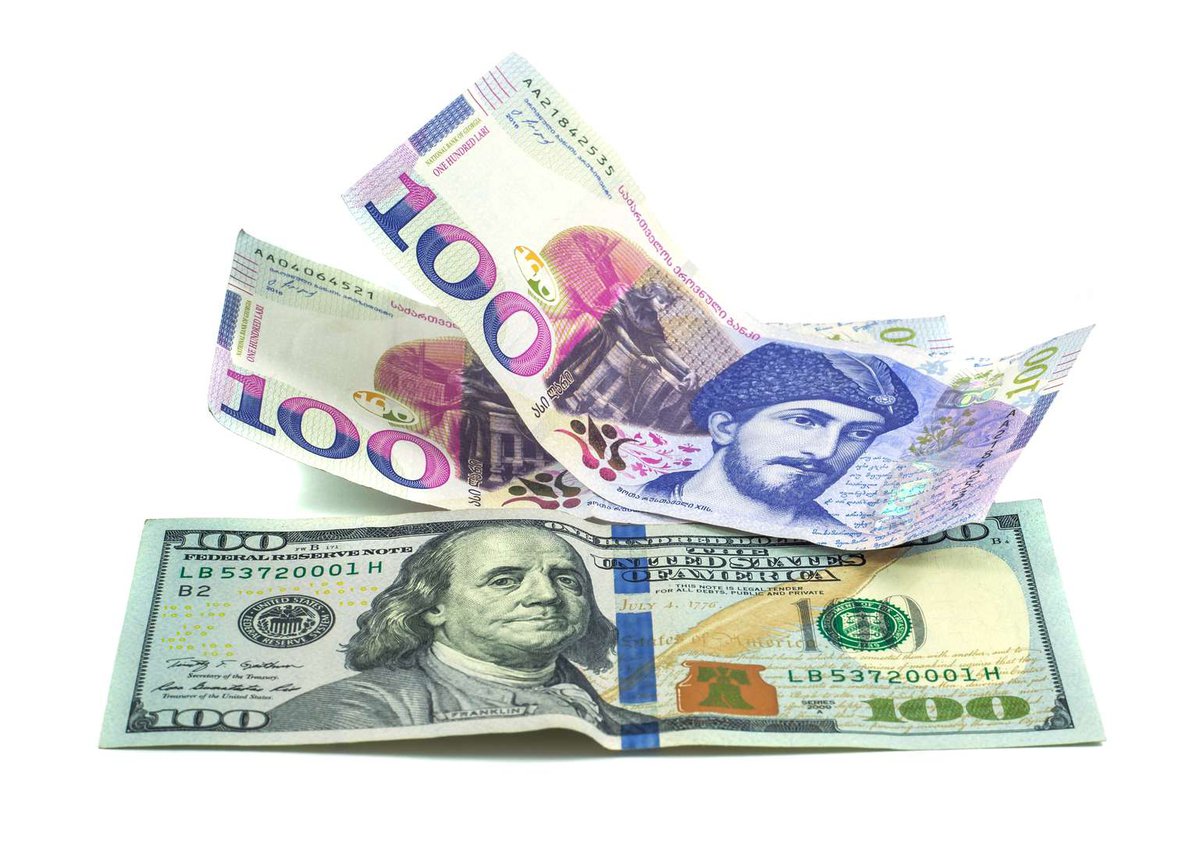
The Creation of the Lari
Realizing the need for a full-fledged national currency, the Georgian government began preparations for its introduction. Interestingly, France played a role in this process. At the firm "François-Charles Oberthur", which produces French currency, a descendant of Georgian emigrants from the First Republic was working. Thanks to his involvement and support, Georgia managed to arrange the printing of banknotes on the most favorable terms.
The design of the lari was entrusted to renowned Georgian artists—a father and son duo named Malazonia. They decided that the new currency should convey an important message: Georgia is a country with a centuries-old history, rich culture, and traditions. The banknotes featured prominent figures, architectural monuments, and national symbols reflecting the spirit and heritage of the country.
The Symbolism of the Name "Lari"

Choosing a name for the new currency was not easy. Options considered included "maneti", "kartuli maneti", "marchili", and "rvali". However, preference was given to "lari", an old Georgian word meaning "treasure" or "property". This word has deep roots in Georgian culture and was first mentioned in Shota Rustaveli's 12th-century poem "The Knight in the Panther's Skin". Thus, the currency's name became another symbol of continuity and respect for national traditions.
Hyperinflation and the Introduction of the Lari
Before introducing the lari into circulation, it was necessary to stabilize the economic situation and deal with the hyperinflation of the coupons. The Netherlands helped Georgia by providing a loan of $1 million for the country's entry fee into the International Monetary Fund. Interestingly, this debt was later forgiven, effectively becoming a gift. The IMF, in turn, allocated $27 million to Georgia to strengthen the national currency.
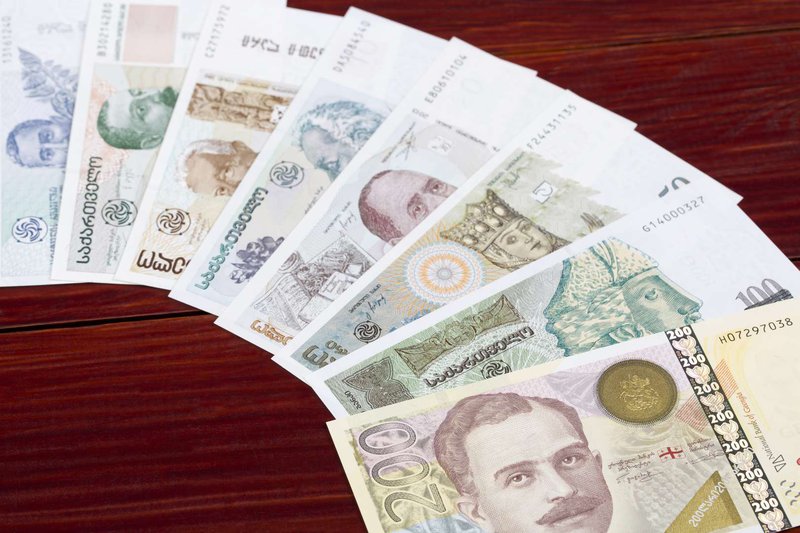
After stabilizing the coupon's exchange rate, all preparatory work for the lari's introduction was completed. In September 1995, 650 tons of freshly printed banknotes were delivered from France to the port of Poti. Under heavy security, they were transported to Tbilisi, and on October 2, President Eduard Shevardnadze signed the decree to introduce the lari into circulation.
The Lari Enters Circulation
From that moment, banknotes in denominations of 1, 2, 5, 10, 20, 50, and 100 lari were issued. The introduction of its own currency marked a new stage in the development of Georgia's economy and strengthened the country's sovereignty. The lari became not only a means of payment but also a symbol of independence and national pride.
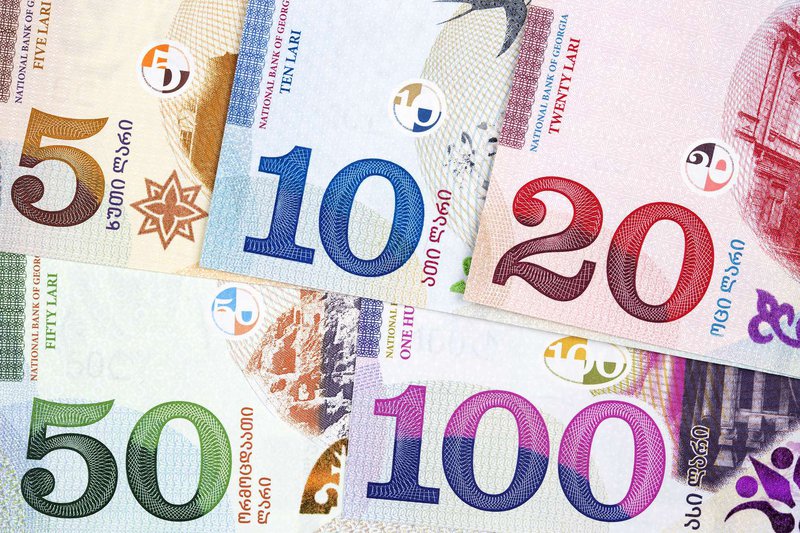
Political Messages in Banknote Design
In 2007, a 200-lari banknote was issued with an important political message. One side features Kakutsa Cholokashvili, a national hero and leader of the anti-Soviet uprising. The other side depicts occupied Sukhumi, the capital of Abkhazia. The inscriptions on the banknote are in both Georgian and Abkhaz languages. Through the currency's design, Georgia expressed its stance and reminded the world of its territorial integrity issues.
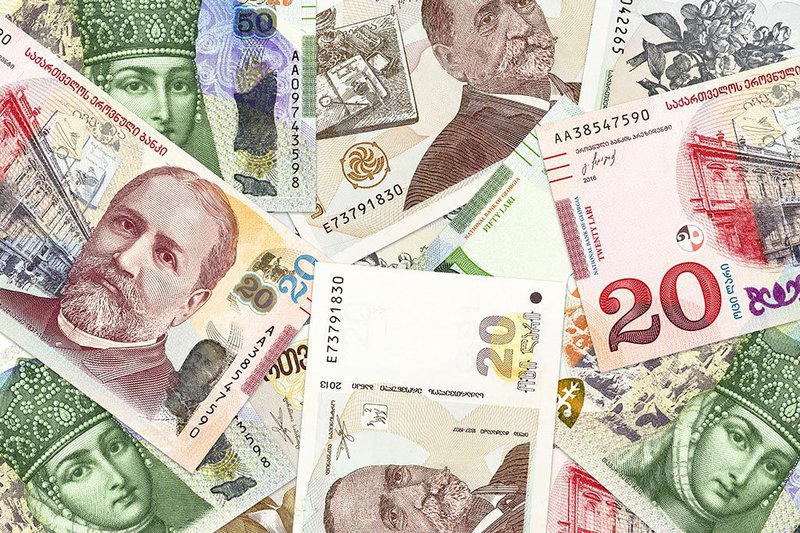
Thirty years after the lari's introduction, Georgia's national currency continues to play a key role in the country's economy. It has survived crises and challenges but has become a symbol of stability and independence. The history of the lari is a story of overcoming difficulties, striving for sovereignty, and respecting one's roots.

What do you think about the significance of a national currency for a country? Perhaps you have interesting stories or memories related to the Georgian lari? Share your thoughts in the comments!







23 comments
Log in to leave a comment
Особенно впечатлило, как подробно в статье описаны трудности, с которыми столкнулась Грузия после распада Советского Союза. Оказалось, что переходный период был гораздо сложнее, чем я представляла: временные «купоны», гиперинфляция и критическая нехватка советских рублей создали тяжёлую экономическую ситуацию. Теперь я понимаю, что лари — это не просто деньги, но важный символ независимости и самобытности Грузии, напоминающий о стойкости народа и способности преодолевать трудности.